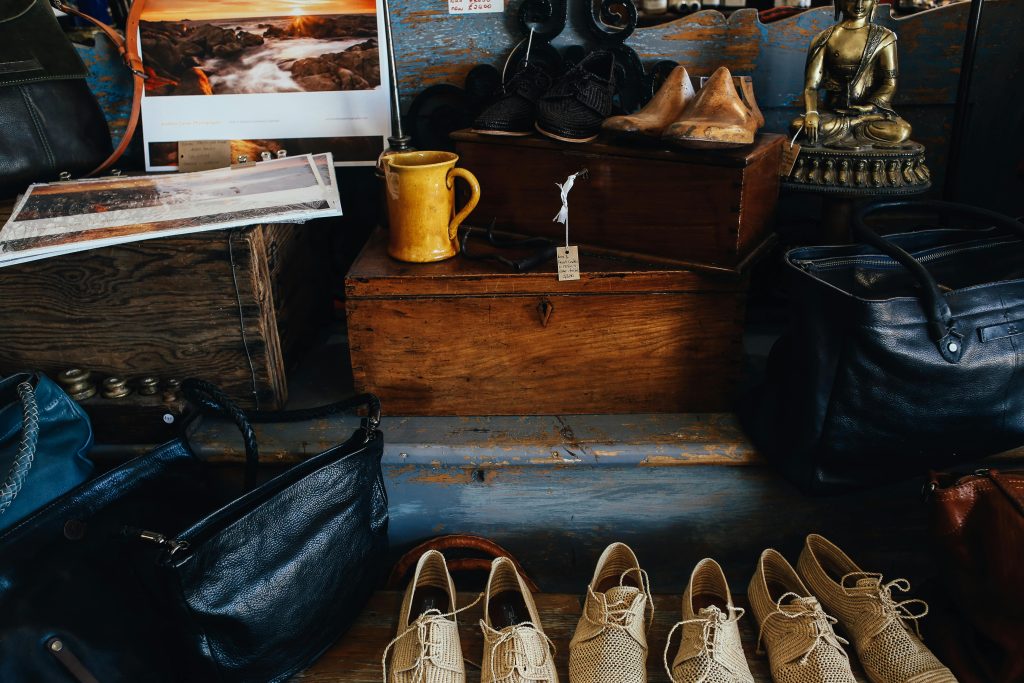Keywords: superfake handbags, 1:1 replica bags, mirror quality bag
Audience: Curious consumers, fashion followers, first-time buyers
Angle: Explain what superfakes are, how they compare to real designer bags, and why demand is rising
Introduction: The Rise of the Superfake
You’ve probably heard of “fake” designer bags. But in 2025, there’s a new category taking over: superfakes—also known as 1:1 replicas or mirror quality bags. These aren’t your typical flea-market knockoffs. They’re almost indistinguishable from the real thing, both in look and feel.
From TikTok reviews to Reddit deep-dives, superfakes are showing up everywhere, sparking debates about authenticity, ethics, and the future of luxury fashion. But what exactly is a superfake? And why are so many people suddenly interested?
Let’s break it down.

What Is a Superfake Bag?
A superfake handbag is a high-quality replica of a designer bag, crafted to closely match the original—sometimes down to the stitching, hardware, leather grain, logo placement, and even serial numbers. They are called “superfakes” because, unlike cheap counterfeits, they mimic the real thing to near perfection.
Some superfakes are so detailed that even experienced resellers or boutique staff may struggle to tell them apart from authentic items without close inspection or professional authentication tools.
Key Features of Superfakes:
- Premium materials: Real leather, suede, and sometimes even exotic skins
- Accurate hardware: Custom-molded zippers, clasps, and metal logos
- Precise stitching: Hand-done or machine-sewn to replicate original craftsmanship
- Correct labeling: Tags, date codes, holograms, dust bags—all copied
- Packaging: Many include branded boxes, receipts, and care cards
Superfake vs Cheap Fake: What’s the Difference?
| Feature | Cheap Fake Bag | Superfake (1:1 Replica) |
|---|---|---|
| Materials | Synthetic, plastic-like | High-quality leather, suede, metal |
| Logos | Misspelled or poorly printed | Spot-on placement, correct embossing |
| Shape/Size | Often distorted or flimsy | Precise to the original silhouette |
| Price | $20–$80 | $200–$700+ (depending on quality) |
| Pass as Real? | Easily noticeable as fake | May pass visual inspection without tools |
Superfakes aim to mirror the genuine bag inside and out, while cheap fakes are mostly about visual resemblance.
Why Are Superfake Handbags Getting So Popular?
1. Luxury Prices Are Skyrocketing
Top-tier brands like Chanel, Louis Vuitton, and Hermès have steadily increased their prices—sometimes by double-digit percentages each year. For example, a Chanel Classic Flap now costs over $10,000 USD in some markets.
Many fashion lovers who admire the designs—but can’t justify the price—turn to 1:1 replica bags as an alternative.
2. Quality of Superfakes Has Drastically Improved
In 2025, high-end replica makers are using the same materials and molds as the originals (sometimes even from the same factories in Asia). They reference real retail bags to copy the exact measurements and internal components. The rise of Reddit forums, Telegram sellers, and private replica groups has made these bags more accessible—and more precise.
3. Social Media Made Them Trendy
Superfake reviews have exploded on platforms like:
- TikTok (#dupebags, #superfakebags)
- YouTube “Replica Unboxings”
- Reddit communities like r/RepLadies or r/FakeDesignerReps
These posts often go viral, especially when creators do side-by-side comparisons with authentic versions, challenging viewers to spot the difference.
4. Safety Concerns While Traveling
Many luxury bag lovers don’t want to risk carrying their real $5,000+ Dior or Chanel bags while traveling abroad or on public transportation. A superfake lets them enjoy the look without the worry of theft, stains, or damage.
5. Revenge Against Brand Gatekeeping
Some buyers see superfakes as a response to perceived exclusivity or snobbery in the luxury world. For example, brands like Hermès may limit access to their Birkin and Kelly bags. Superfakes allow people to own that look without needing a “purchase history” or spending $20k just to qualify.
Are Superfake Bags Legal?
This is where things get tricky.
- Buying a superfake for personal use is generally not illegal in most countries—but reselling, importing, or advertising them often is.
- Customs agencies may seize fake goods in transit, especially if bought internationally.
- Posting about or promoting fake bags can violate platform policies (e.g., Instagram, Etsy, TikTok, Shopify).
⚠️ Disclaimer: This article is for informational purposes only. We do not endorse or sell counterfeit goods.
Ethics & Opinions: The Big Debate
The “It’s My Money” Argument
Many buyers feel that it’s their personal choice how to spend money, especially when the bag is just for fun or aesthetics.
The Brand Protection Argument
Luxury brands argue that replicas hurt brand value, artisanship, and innovation. They also warn of unsafe labor practices behind counterfeit production.
What Real Users Are Saying (From Reddit & TikTok)
“I own both the real LV Neverfull and a superfake. I take the real one to work, but when I travel or go to the beach, I use the replica and no one notices.”
— TikTok user, fashion micro-influencer
“I spent $300 on a 1:1 Chanel and it came with serial numbers, dust bag, and smelled like real leather. I honestly can’t tell the difference.”
— Reddit user, r/Repladies
Final Thoughts: Why This Trend Isn’t Slowing Down
Love them or hate them, superfake handbags are here to stay. For many, they offer a way to enjoy fashion without going broke, especially in an era of social media style pressure and luxury brand inaccessibility.
While the ethics and legality are complex, what’s clear is this: the line between “real” and “fake” has never been blurrier—and for millions of shoppers worldwide, that line may no longer matter as much.
TL;DR (Too Long; Didn’t Read)
- Superfake bags are ultra-realistic replicas of luxury bags (aka 1:1 or mirror quality).
- They’re crafted with high-end materials, often nearly indistinguishable from real ones.
- Rising designer prices + social media + travel needs have fueled their popularity.
- They raise ethical and legal concerns, especially around resale/import.
- For many buyers, they’re a budget-friendly, low-risk way to enjoy luxury fashion.

